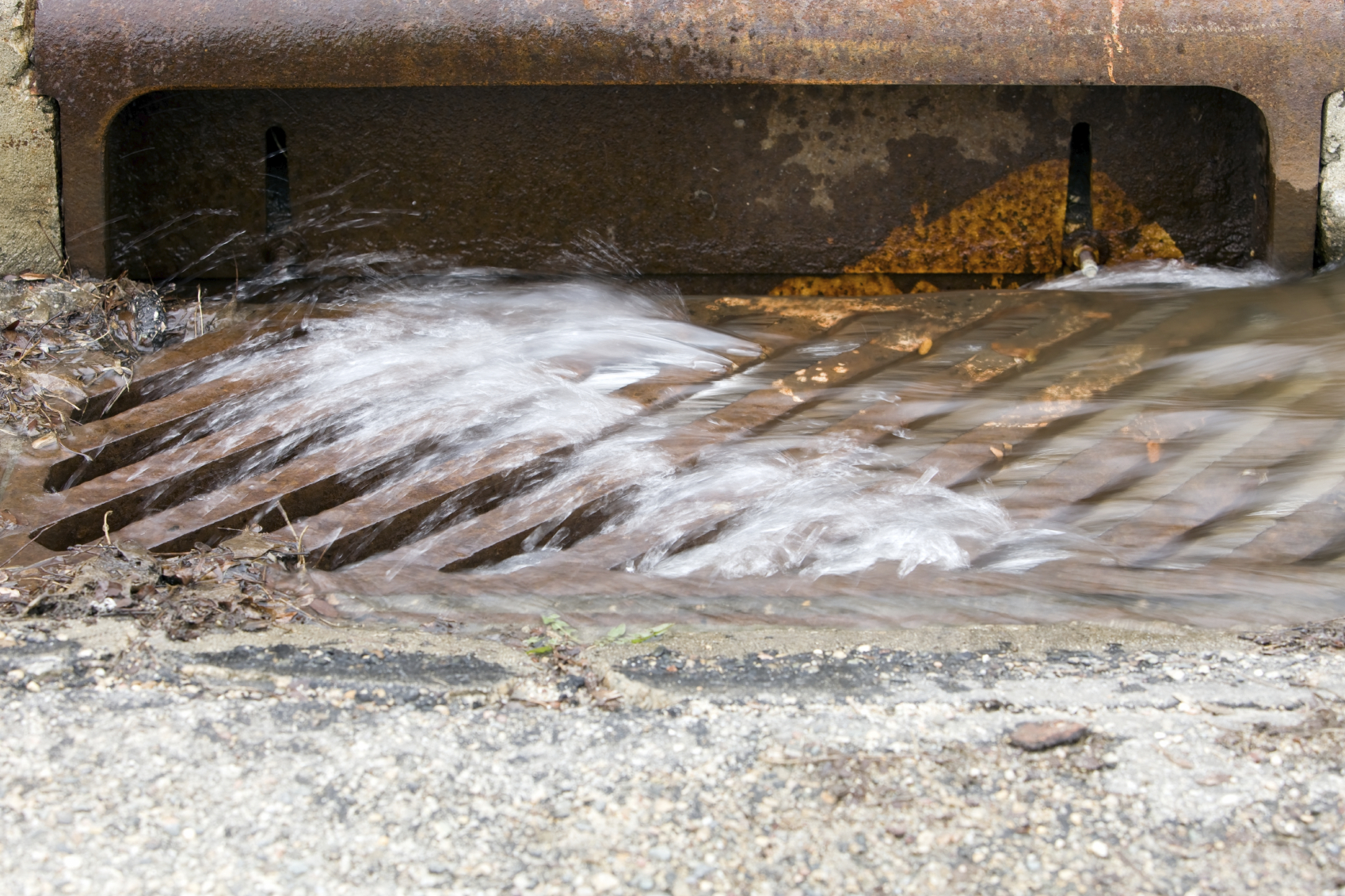
Revisiting the Rain Tax
Fix it or Scrap it?
Two years ago, the so-called “rain tax” became the talk of Maryland as residents in some of the state’s most populous counties were first assessed the levy. Legislation authorizing the tax—the Watershed Protection and Restoration Program—had passed both houses of the Maryland General Assembly and was signed into law by then-governor Martin O’Malley the year before[1] with relatively little public attention. At the time, it became just another of the multitude of taxes and fees that state residents pay each and every year. But in the subsequent years it became a symbol of excessive Maryland taxation and overreach. Gov. Larry Hogan harnessed frustration with the tax to propel his surprise 2014 gubernatorial victory, and his administration is now working with some state legislators to repeal the tax.[2]
To be fair to the program, it’s not actually a tax on rain.[3] It’s a tax on impervious surfaces: streets, rooftops, and the like. Those surfaces increase rainwater flow into sewers, storm drains and streams, carrying along pollutants with it and ultimately depositing them in the Chesapeake Bay. The more expansive those surfaces are, the more polluted runoff they create, and the higher the filtration costs will be if those pollutants are to be kept out of the Bay. If the water goes untreated, it contributes to the Bay’s “nutrient load,” upsetting a healthy balance of aquatic life.
A polluted Chesapeake Bay affects all residents of Maryland, but undoubtedly some residents do more to create the problem than others. In economic parlance, such pollution is an “externality”—foisting the cost of some people’s activity onto other people. No one—Democrat or Republican—should favor a “free ride” for anyone when it comes to pollution. Correcting market failures like externalities and asking people to pay for the costs of their actions is one of the few legitimate functions of government that everyone should agree upon, regardless of party affiliation or political ideology.
If we leave the discussion there, the rain tax seems acceptable—if properly applied, it would result in the owners of impervious surfaces covering the cost of the pollution their surfaces generate. If anything, the tax should be praised for efficiently discouraging people from building impervious surfaces and raising funds for a noble environmental goal. So why is the rain tax back in the harsh spotlight? Because it deserves to be there.
[1] Maryland General Assembly. House Bill 987 (2012 Session). http://mgaleg.maryland.gov/webmga/frmMain.aspx?ys=2012rs%2fbillfile%2fhb0987.htm
[2] Reuters. “Maryland Governor Moves to Repeal ‘Rain Tax.’” February 10, 2015. http://www.reuters.com/article/2015/02/10/us-usa-maryland-tax-idUSKBN0LE2TD20150210
[3] Chesapeake Bay Foundation. “The Facts about Polluted Runoff and Maryland’s Stormwater Utility Fees.” Undated. http://www.cbf.org/about-cbf/offices-operations/annapolis-md/the-issues/annapolis-maryland/the-issues/stormwater-fee





